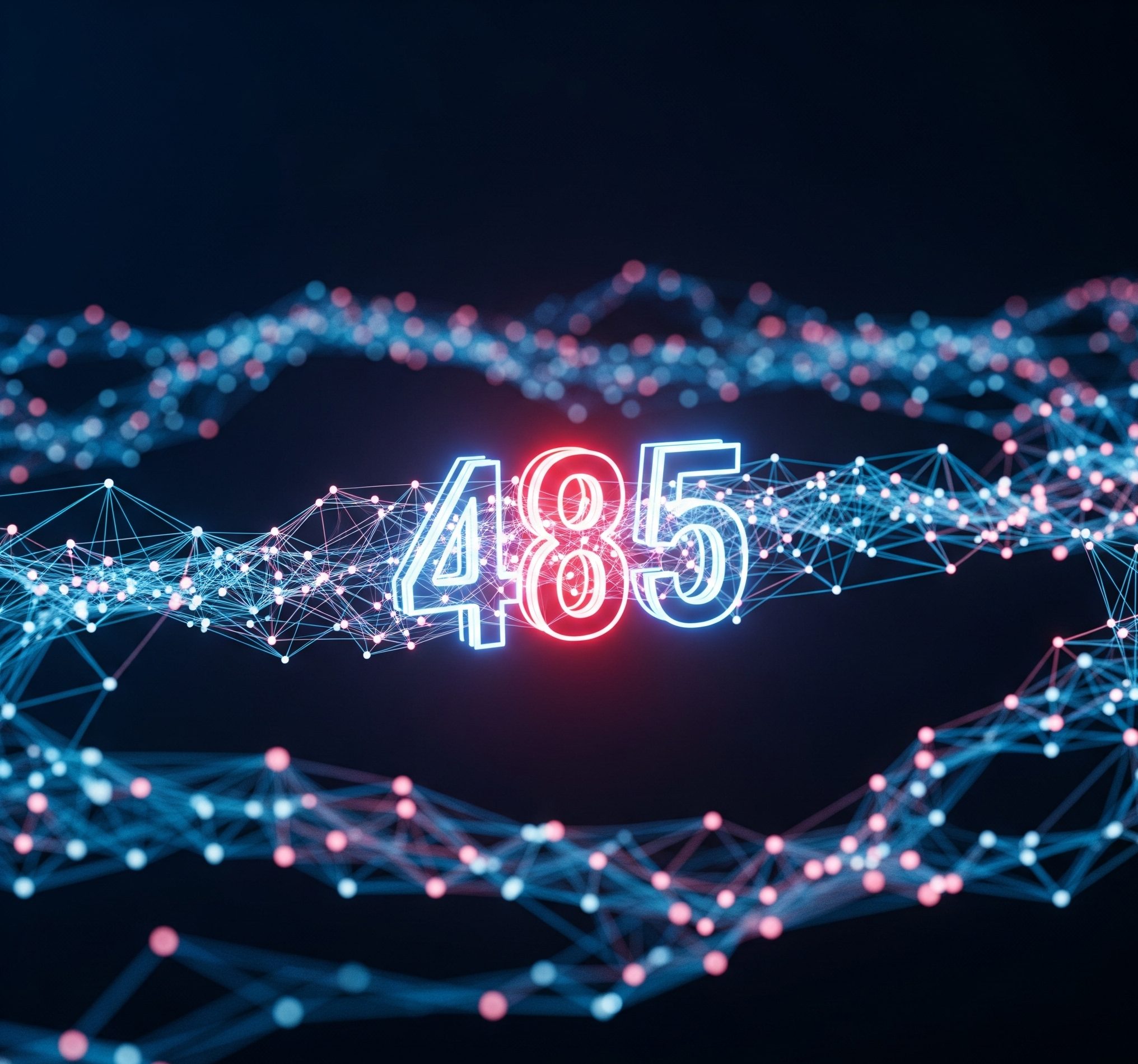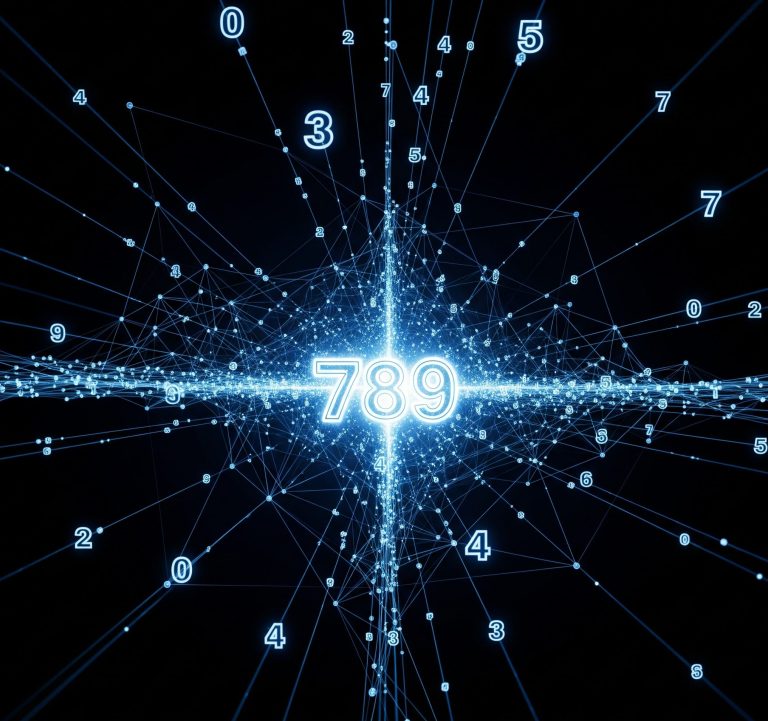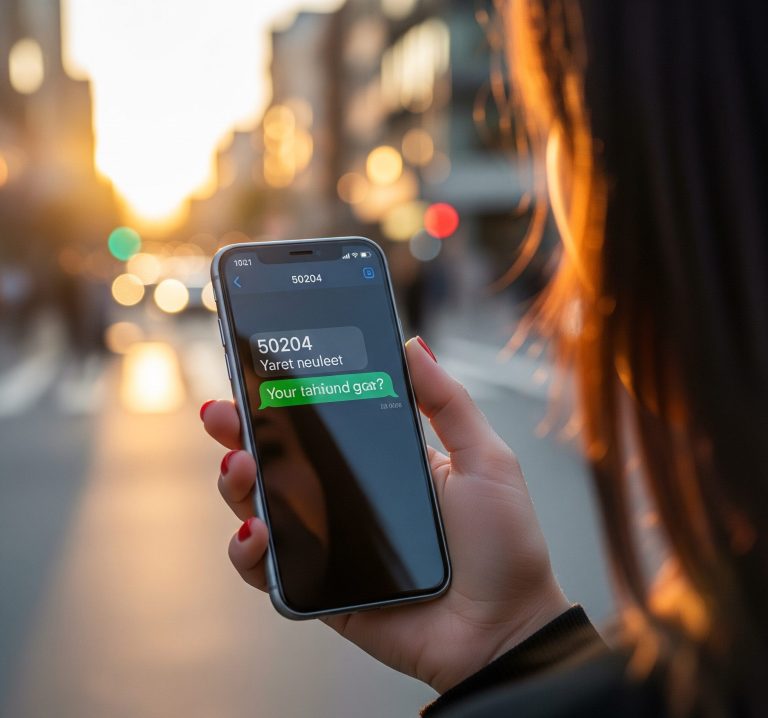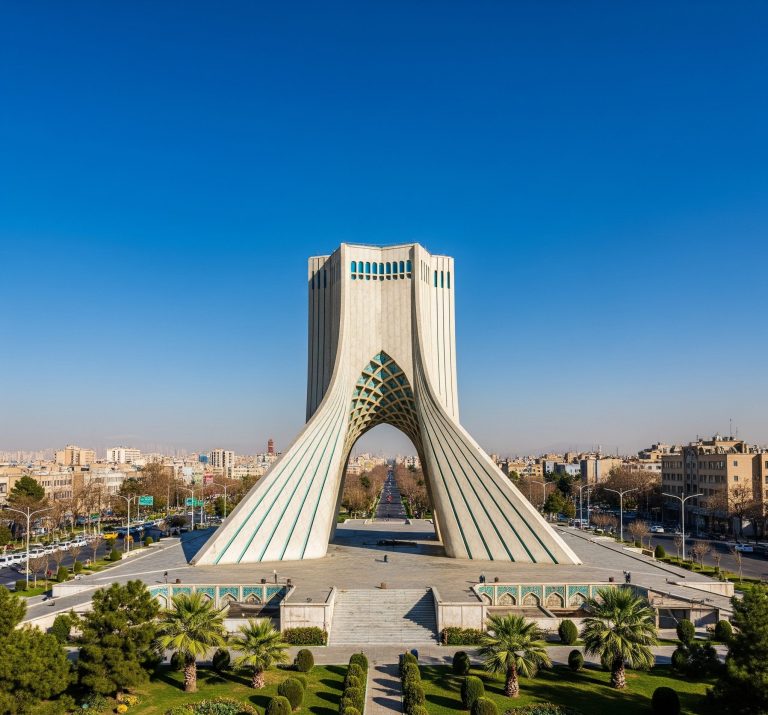In an age of constant connectivity, the three-digit area code is a familiar string of numbers that connects us to specific geographic locations across the United States. From the bustling streets of New York City’s 212 to the sun-drenched landscapes of California’s 213, these codes are an integral part of our national telecommunications fabric. However, a search for the 485 area code often leads to a surprising dead end, sparking curiosity and a fair bit of confusion. This article delves into the mystery of the 485 area code, clarifying its status and exploring the fascinating world of telecommunications and technology that surrounds it.
Contents
Is There a “485 Area Code” in the United States?
To put it directly, there is currently no geographically assigned 485 area code in use within the North American Numbering Plan (NANP), the system that governs telephone numbers in the United States, Canada, and parts of the Caribbean. A quick scan of the official list of area codes will confirm its absence. This lack of a designated “485” region often leaves individuals who may have seen the number in various contexts wondering about its origin and purpose.
The reasons for searching for a 485 area code can be varied. It could be a simple typographical error when looking for a nearby or similar-sounding area code. For instance, the well-established 480 area code serves the vibrant eastern and northern suburbs of Phoenix, Arizona, including cities like Scottsdale, Tempe, and Mesa. It’s plausible that a simple slip of the finger could lead one to search for “485” instead.
However, the story of the 485 area code doesn’t end with a simple typo. The number holds significant meaning in a different technological realm, one that powers much of the modern world behind the scenes.
The “485” You’re Probably Looking For: An Industrial Powerhouse
The most prominent and accurate association with the number “485” is not in telecommunications, but in the world of industrial and data communication. RS-485, or Recommended Standard 485, is a robust and widely used serial communication standard. This isn’t about making phone calls, but about allowing electronic devices to talk to each other reliably over long distances and in noisy environments.
What is RS-485?
Imagine a factory floor with dozens of machines, sensors, and control systems all needing to communicate with a central computer. Or think of a large commercial building where security cameras, access control panels, and climate control systems are all interconnected. These are the types of scenarios where RS-485 shines.
Developed by the Telecommunications Industry Association (TIA) and the Electronic Industries Alliance (EIA), RS-485 defines the electrical characteristics of drivers and receivers used in balanced multipoint systems. In simpler terms, it provides a set of rules for how data can be sent and received between multiple devices over a single pair of wires.
Key features of the RS-485 standard include:
- Differential Signaling: This technique uses two wires to transmit a signal, with one carrying the inverse of the other. This makes the communication highly resistant to electrical noise, which is common in industrial settings.
- Long-Distance Communication: RS-485 can transmit data over distances of up to 4,000 feet (1,200 meters), far exceeding the limitations of other common serial standards like RS-232.
- Multi-Point Connectivity: A single RS-485 network can connect up to 32 “unit loads” (which can translate to many more devices depending on their individual characteristics). This “bus” architecture simplifies wiring and reduces costs.
The prevalence of the term “485” in technical manuals, product specifications, and online forums dedicated to electronics and automation is likely a significant contributor to the search for a 485 area code. An engineer, technician, or hobbyist working with this technology might see “485” and mistakenly associate it with a telephone area code.

Understanding the North American Numbering Plan (NANP)
To fully grasp why a 485 area code for a specific region doesn’t exist, it’s helpful to understand how area codes are managed in the United States. The NANP is a system that ensures every telephone number is unique and routable. The North American Numbering Plan Administrator (NANPA) is responsible for assigning and managing area codes.
When a region begins to run out of available phone numbers in its existing area code, a process is initiated to introduce a new one. This can be done in two primary ways:
- A Geographic Split: The existing area code region is divided into two or more smaller regions, with one retaining the original area code and the others receiving a new one.
- An Overlay: A new area code is introduced to cover the same geographic area as an existing one. In this case, all new phone lines are assigned the new area code, and existing customers keep their old one. This often necessitates ten-digit dialing for all local calls.
The creation of new area codes is a carefully managed process that considers population growth, the proliferation of mobile devices and other communication technologies, and the overall health of the numbering system.
The Future of Area Codes
The demand for new numbers is relentless. With the explosion of smartphones, tablets, IoT devices, and other connected technologies, the pool of available numbers within existing area codes is constantly being depleted. This means that new area codes will continue to be introduced across the country. While a 485 area code is not on the current list of planned area codes, the landscape of the NANP is always evolving.
Staying Safe: A Note on Unfamiliar Area Codes
Regardless of whether you encounter a familiar or an unfamiliar area code, it’s always wise to exercise caution when receiving calls from unknown numbers. Scammers often use “spoofing” technology to make it appear as though they are calling from a legitimate or local number. Be wary of unsolicited calls that create a sense of urgency or ask for personal or financial information. A healthy dose of skepticism can be your best defense against potential fraud.
conclusion
while you won’t be able to dial a 485 area code to reach a specific city or town in the United States, the number “485” plays a crucial, albeit hidden, role in our technologically advanced society. Its significance in the realm of industrial and data communication underscores the vast and often unseen networks that power our world. So, the next time you encounter the “485” designation, you’ll know that you’re likely looking at a cornerstone of modern automation rather than a destination for a phone call.







